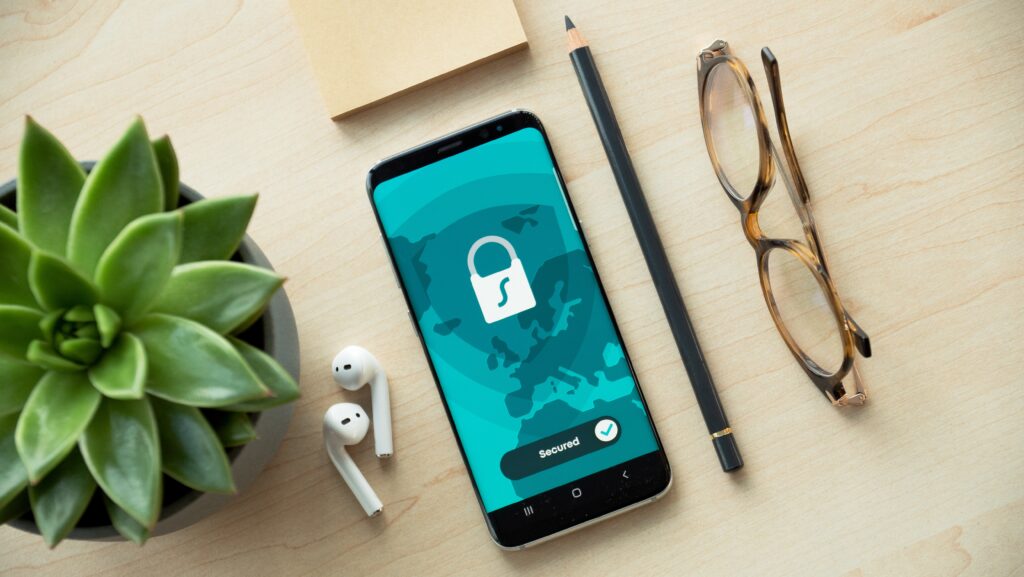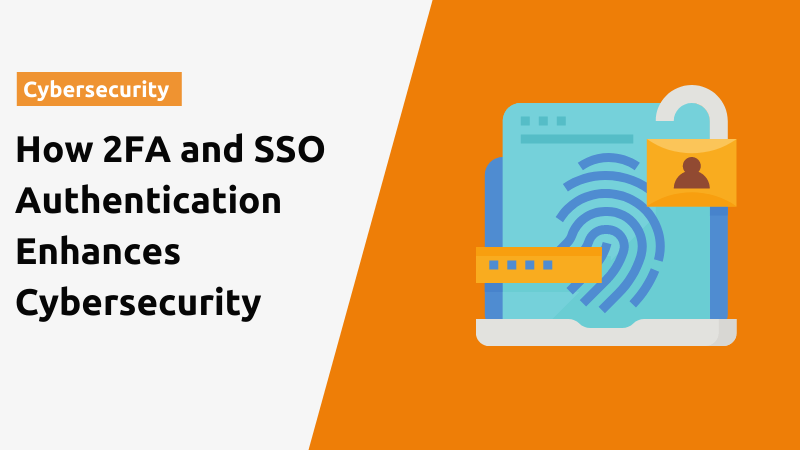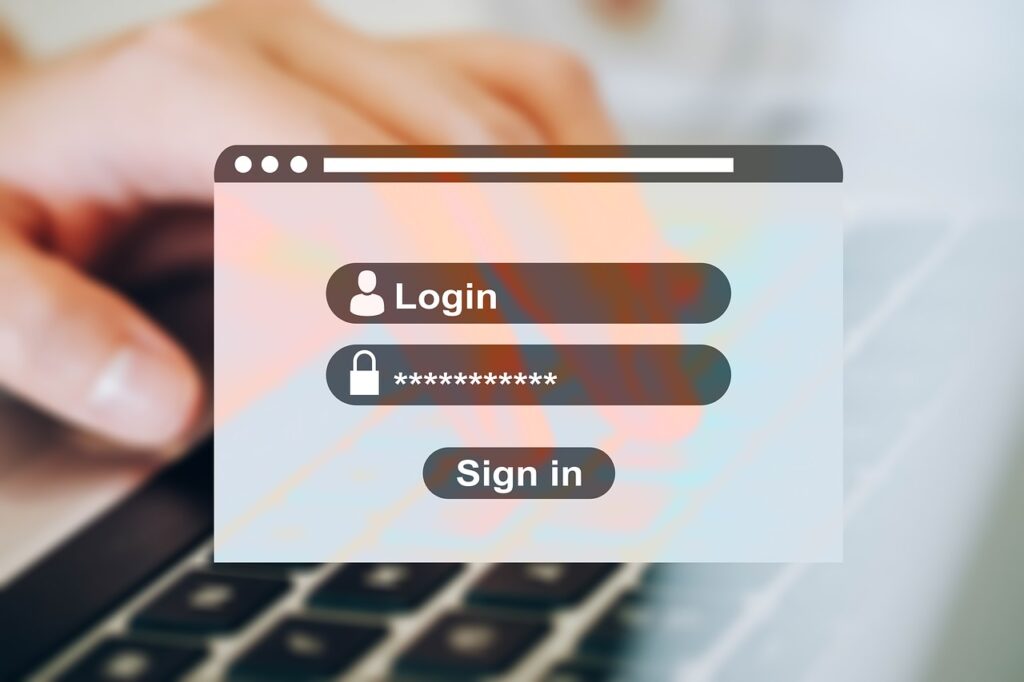How do you prove you are really yourself online? Is simply entering your username and password enough? There are millions of online users today which means millions of accounts and credentials are being used to validate identities. Although it may seem secure, password-based authentication alone will not protect your information.
In a world of endless cybersecurity threats, service providers are taking action to enhance the security of personal information online by adopting better authentication practices. Two-factor authentication and single sign-on (SSO) are amongst the most popular practices today. Here’s how they work and why they’re important for enhancing your security:
INSIDE THIS ARTICLE
Two-factor authentication (2FA)

Two-factor authentication, also known as multi-level authentication, is a security process used by websites and online applications to authenticate users’ identities. It is an additional security measure put in place to confirm that the user accessing an account is, in fact, themselves. Rather than simply entering a username and password, account owners must provide two or more personal identifiers to be granted access to their accounts and personal information.
Examples of authentication include knowledge-based factors (i.e. password, security questions, etc.), inherence-based factors (i.e. fingerprints, facial and voice recognition, etc.), and possession factors (i.e. security token, SMS pin, smartphone app used to approve authentication requests).
Why is 2FA important?
Cybercrime has increased exponentially in the past few years with millions of online users’ login credentials being breached, stolen, and sold on the dark web. In 2020, the popular online communications platform, Zoom, had 500,000 users’ credentials hacked and listed for sale on the dark web. Usernames and passwords are a goldmine for hackers so adding an additional layer of authentication, such as 2FA, decreases the risk of successful breaches.
With two-factor authentication, even if a non-authorized user successfully guesses and enters your login credentials, they will not be able to access your account without the unique code sent to your device or knowing the name of your favorite childhood pet. These authentication factors help enhance the security of your online accounts. As well, 2FA enhances security by meeting compliance standards for regulations such as PIPEDA, HIPAA, and PCI. All users’ personal information and data are protected by ensuring compliance with these standards and using two-factor authentication.
Single sign-on authentication (SSO)
According to a study conducted in partnership with Google, the average online user has 27 accounts. That means users have created 27 sets of account login credentials to access online services. The process can be time-consuming, and difficult to create strong passwords for every instance. Wouldn’t it be much easier to have a single set of credentials for multiple accounts? That’s where single sign-on comes in.
Single sign-on is an authentication method that allows users to log in to multiple accounts with a single set of credentials. How is that possible? The website (service provider) and SSO provider possess access to the same ID certifications, primarily in the form of a token, so that when a user logs in using single sign-on, the website trusts the source. For example, if a user wants to log in to their TitanFile account, TitanFile will send a token to the SSO provider to authenticate the user. Once the user logins in, the token is sent back to TitanFile to approve the identity. Now, whenever that user logs in again, they will be automatically authenticated by the system. The process is simple, effective, and most importantly, secure.
Why is SSO important?
There are several advantages of using single sign-on authentication to enhance security from both the user and service provider’s perspectives. For users, SSO prevents the need to memorize several complex credentials for the same website. Subsequently, SSO improves the UX experience due to ease of use and enterprise security. When users have to create several passwords, they may often create simple passwords or reuse passwords so that they’re easier to remember. On average, one in five enterprise users has ‘weak passwords’ which presents easy opportunities for hackers to attack. Having single sign-on, however, reduces the risk of attack.
From the company’s perspective, there is less time spent assisting in password recovery when users ‘forget passwords’. In addition, administrators have centralized control over access permissions with the ability to grant or deny permissions to users. An administrator’s supervision can prevent suspicious account activity, potentially by unwanted third parties, from being granted access to personal information. SSO also helps with regulatory compliance, such as HIPAA, which requires adequate authentication practices for companies with access to the personal information of patients in the United States. Failure to comply with HIPAA and other regulations can result in substantial fines and vulnerable security. SSO ensures the requirements are met.
There is some controversy around whether single sign-on is secure due to the fact only one credential is used. “Doesn’t that mean there is a higher probability of being hacked?” The answer is no. Single sign-on has an authentication token used to validate the user’s identity. The token resides in a private database that is not accessed by the users which means the systems used with SSO cannot cache sensitive data. Because of this, SSO acts as a central authentication point making it less susceptible to malware attacks and breaches. When it comes to authentication and security, SSO is as safe as it gets.
Conclusion
Authentication in cybersecurity is important for the protection of personal data online. Current methods of authentication, such as usernames and passwords, are not secure enough to prevent unwanted breaches and malware attacks. Improving authentication processes by enabling 2FA and SSO, help enhance the security of users’ information and should be enacted by most businesses with an online platform. When sharing information online, using a platform that has both authentication methods is a necessity. That is why TitanFile ensures that 2FA and SSO can be enabled for all accounts. Find out why we are the new standard in secure file sharing today!


